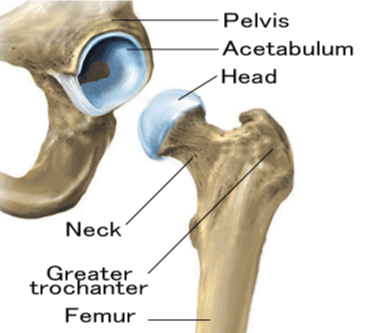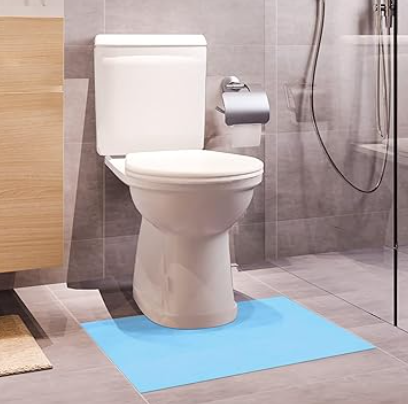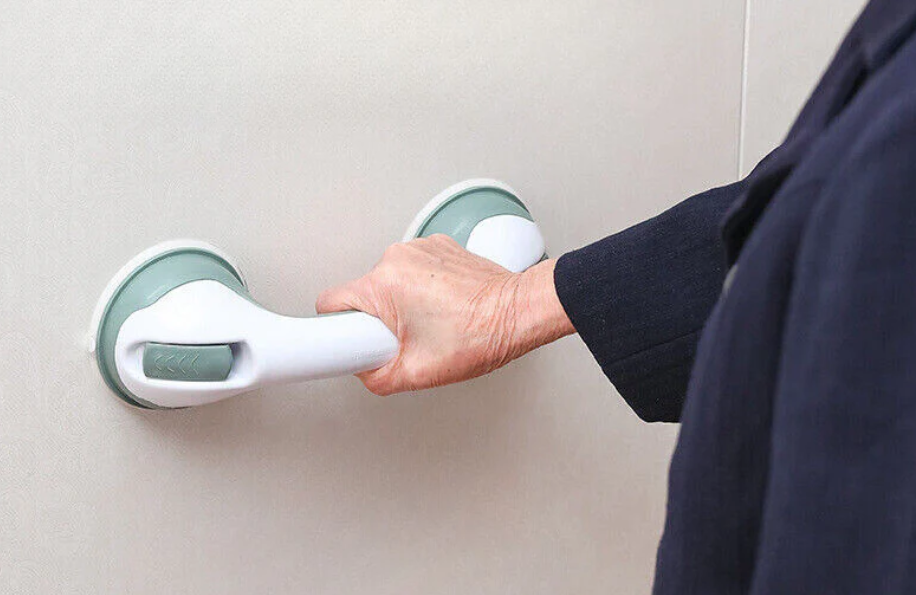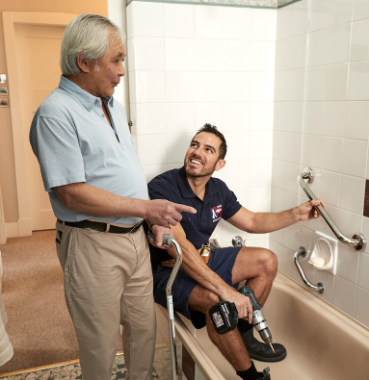Posted July 2, 2024
0
0
Falls and slips concern- Fractured neck of femur
A fractured neck of femur, or hip fracture, is a break near the hip joint, common in older adults due to weaker bones from conditions like osteoporosis, but it can also result from high-impact trauma in younger individuals.

Symptoms:
- Severe pain in the hip or groin
- Inability to bear weight on the affected leg
- Stiffness, bruising, and swelling in the hip area
- The injured leg may appear shorter or turned outward
- X-rays to confirm the fracture; CT scans or MRI for detailed imaging if needed.
Femoral neck fracture recovery at home can be improved with various assistive devices offered by Living Waters Aged Care.
These devices enhance mobility, safety, and independence, significantly reducing the risk of complications and promoting smoother recovery.
Mobility Aids:
- Walker: Provides stability and support, especially for those with significant mobility issues.
- Crutches: Helps take weight off the affected leg while allowing more mobility than a walker.
- Cane: Offers additional balance support and is useful during the later stages of recovery when more weight can be borne on the affected leg.
- Wheelchair: For those who cannot bear weight on the affected leg for an extended period.
- Hip Kit: A collection of tools designed to help with dressing and bathing, often includes a reacher, sock aid, long-handled sponge, and dressing stick.
Bathroom Safety:
- Raised Toilet Seat: Makes it easier to sit down and stand up, reducing strain on the hip.
- Shower Chair or Bench: Allows sitting while bathing, which reduces the risk of slipping and falling.
- Grab Bars: Installed in the shower or next to the toilet for added support and stability.
Bedroom Aids:
- Bed Rail: Provides support when getting in and out of bed.
- Leg Lifter: Helps move the leg into bed, reducing strain on the hip.
Here are important precautions for preventing slips and falls at home for seniors.
These precautions can significantly reduce the risk of slips and falls, ensuring a safer home environment for seniors.

- Keep floors clean: Remove loose rugs, cords, and clutter to prevent tripping.
- Improve lighting: Ensure all rooms and hallways are well-lit, especially at night.
- Use non-slip mats: Place them in bathrooms, kitchens, and on stairs.
- Install grab bars: In bathrooms, on stairs, and near the bed for additional support.
- Wear proper shoes: Choose comfortable shoes with non-slip soles.
- Exercise regularly: Maintain balance and strength through regular exercise.
- Use mobility aids: Utilize walkers or canes as needed.
- Arrange furniture properly: Keep furniture against walls and clear wide pathways.
- Manage medications: Take care with medications that may cause dizziness.
- Prepare emergency contacts: Have emergency contact information readily available.


